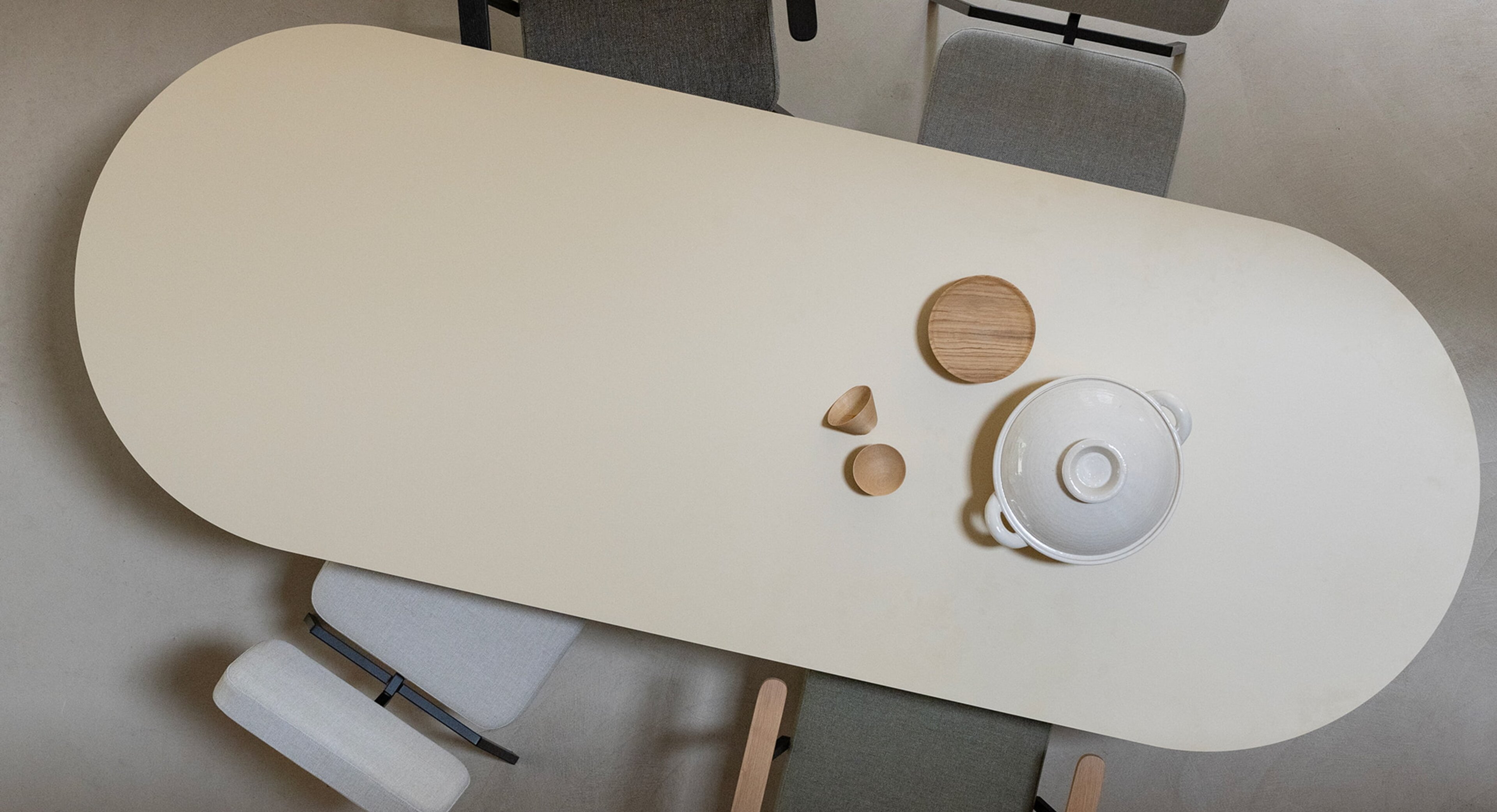General advice HPL
HPL, or High-Pressed Laminate, is a material made from paper and thermosetting resin. The HPL panel consists of a thin layer of HPL laminated onto a thick layer of MDF, a compressed board material made of wood fibres.
Only the top surface of the furniture is HPL – not the edge, underside, or frame. These care instructions therefore only apply to the HPL surface (top) of the dining table, coffee table or dining bench.
For example, do not use a magic sponge on the edges of the furniture, as these are lacquered and will be damaged by it.
Expected wear and tear
Certain signs of use are inherent to HPL furniture and do not constitute a defect. Damage due to improper use can be partially prevented by following the advice below.
1. Scratches and wear
HPL is a highly scratch-resistant material, but not entirely immune to signs of use. With intensive use, superficial scratches or dull spots may appear.
Advice: Use coasters, placemats or a tablecloth to protect the surface from hard or abrasive objects.
2. Stains
Although HPL is resistant to moisture and stains, persistent substances such as dyes, solvents or harsh cleaning agents can leave permanent marks.
Advice: Wipe up spills immediately with a soft, damp cloth and avoid abrasive or aggressive cleaning products.
Beyond the Control of Studio HENK - No Non-Conformity
Damage resulting from misuse, improper cleaning or exposure to extreme conditions (such as heat, direct sunlight or sharp objects) can be prevented by the customer and is beyond the control of Studio HENK. Consequences such as scratches, discolouration, heat damage or permanent stains therefore do not constitute non-conformity of a product.
HPL Fenix
HPL Fenix is a unique material with the following characteristics:
- Durable material resistant to wear, scratches, and impacts
- Self-healing technology against surface scratches
- Water-repellent and anti-fingerprint
- Ultra-matte surface with a soft feel
The following instructions apply only to HPL Fenix. Instructions for HPL Unilin can be found at the bottom of the page.
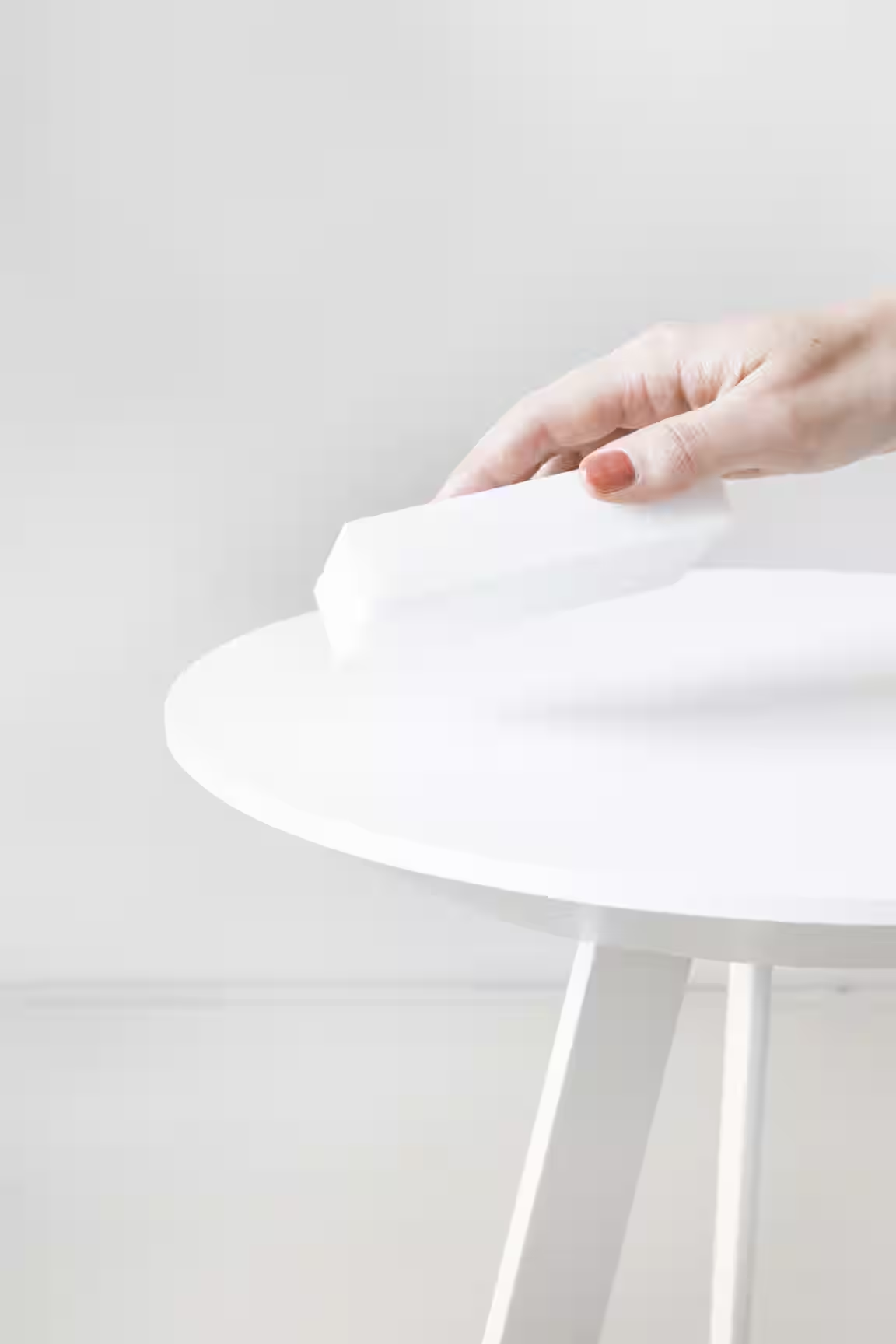
1. Daily maintenance
HPL Fenix
Fenix HPL is easy to clean with, for example, the Kerapur cleaning sponge.
A maintenance document can be found on the Fenix NTM website, which includes the following:
Warm water is usually very effective.
Since FENIX is a strong material, you can use any household cleaning agent, such as all-purpose cleaners, disinfectants, degreasers, or limescale removers. If necessary, even acetone can be safely used (always follow the health and safety instructions on the bottle).
However, it is important to avoid damaging the structure.
You should avoid using abrasive pads, a scouring sponge, or a hard brush; over time, this could lead to a shiny spot on your matte surface. You can use a melamine sponge - also known as a magic sponge - instead.
As a final step, you should always rinse with plenty of warm water and then wipe the surface dry with a clean cloth. The water removes dirt, residues of cleaning fluids, and particles from a melamine sponge that could otherwise remain in the structure. The clean cloth absorbs water and thus prevents any limescale deposits."
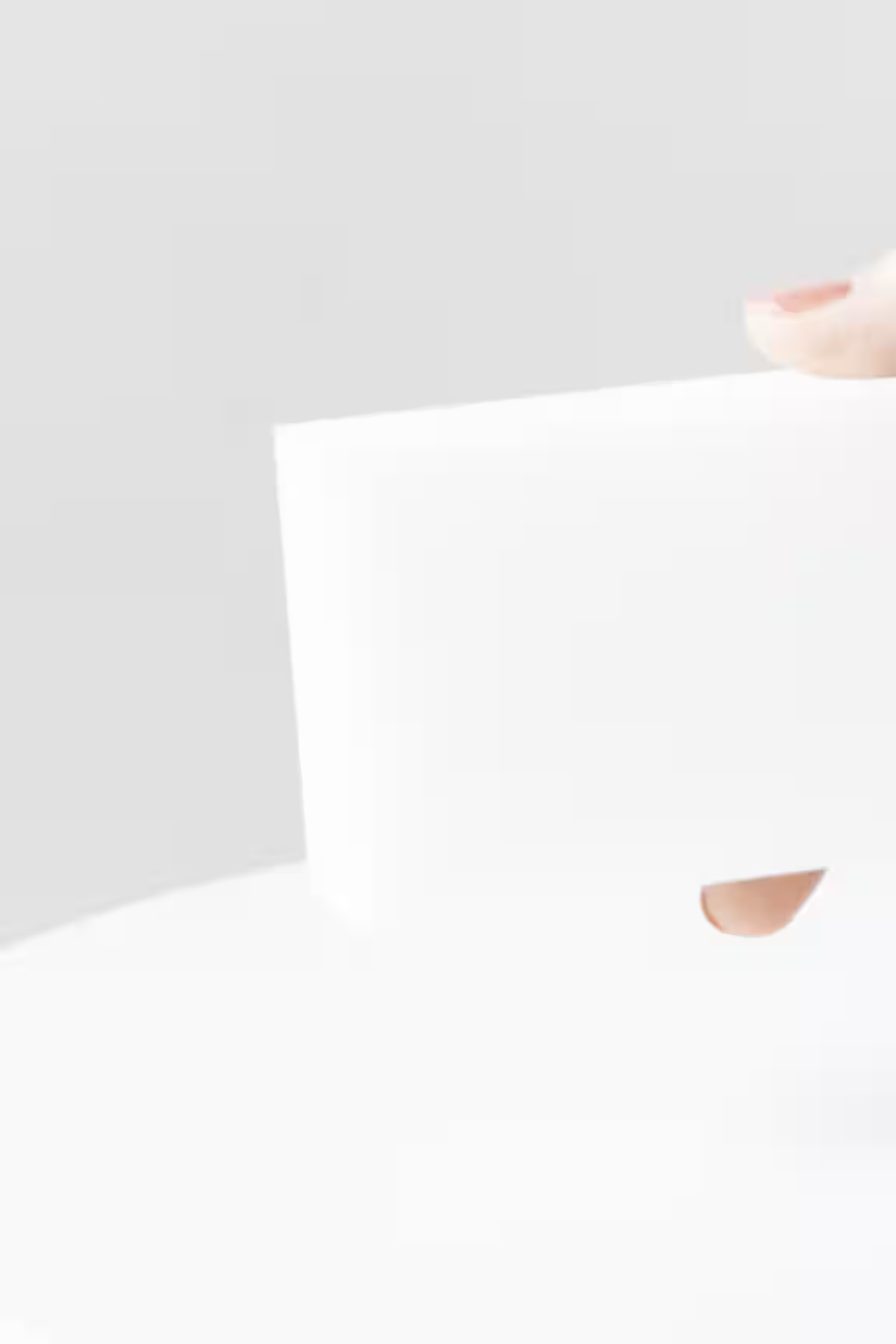
2. Removing stains
HPL Fenix
In daily use, FENIX comes into contact with various substances that can leave stains.
Instructions for removing the most common stains can be found on the FENIX website.
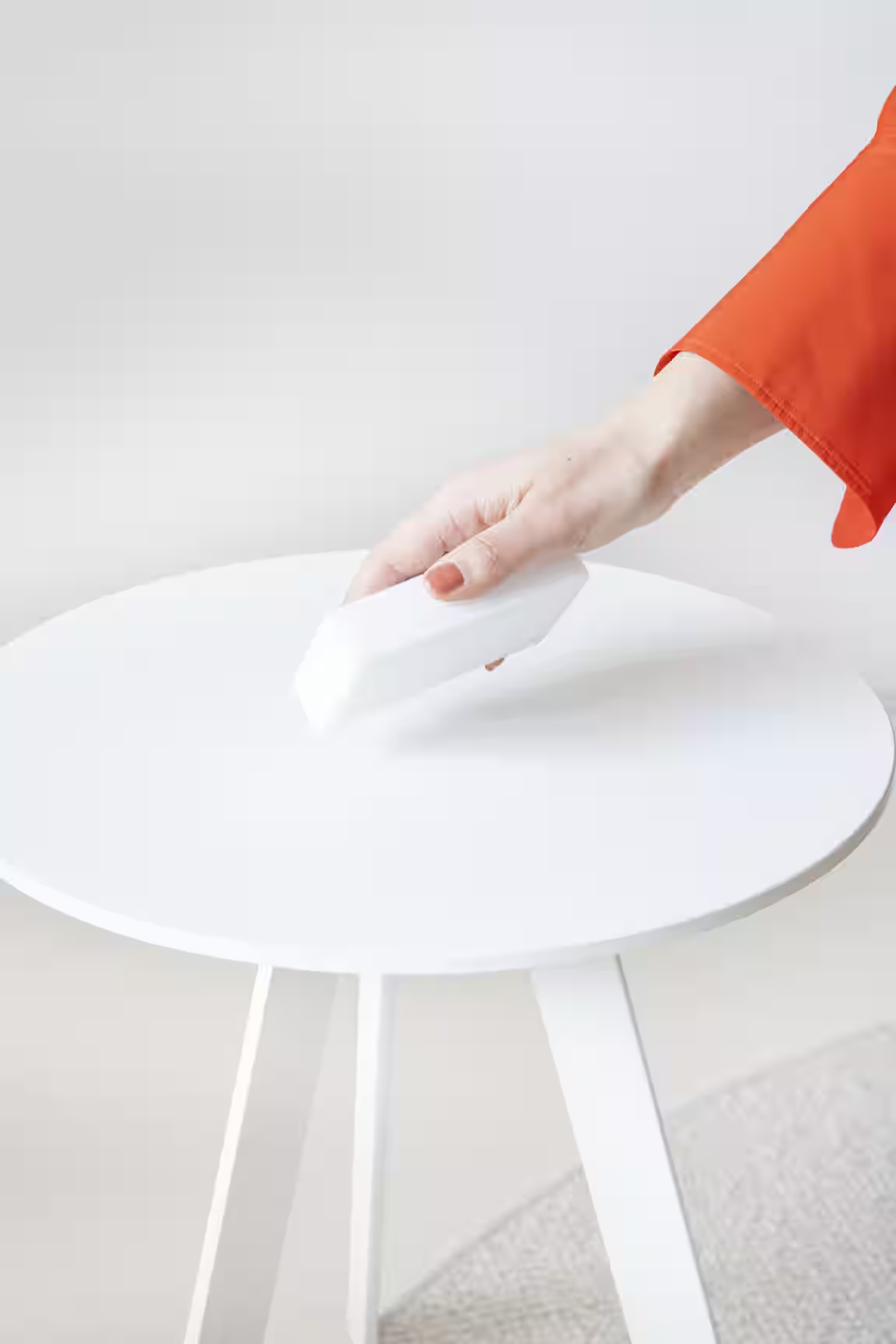
3. Thorough cleaning
HPL Fenix
It doesn't happen often, but if you haven't regularly cleaned your FENIX surface over time, various types of dirt may have accumulated in the microstructure, potentially altering its appearance.
Instructions for a thorough cleaning of the HPL Fenix sheet can be found on the FENIX website.
HPL Unilin
The following maintenance advice applies specifically to the HPL Unilin finish.
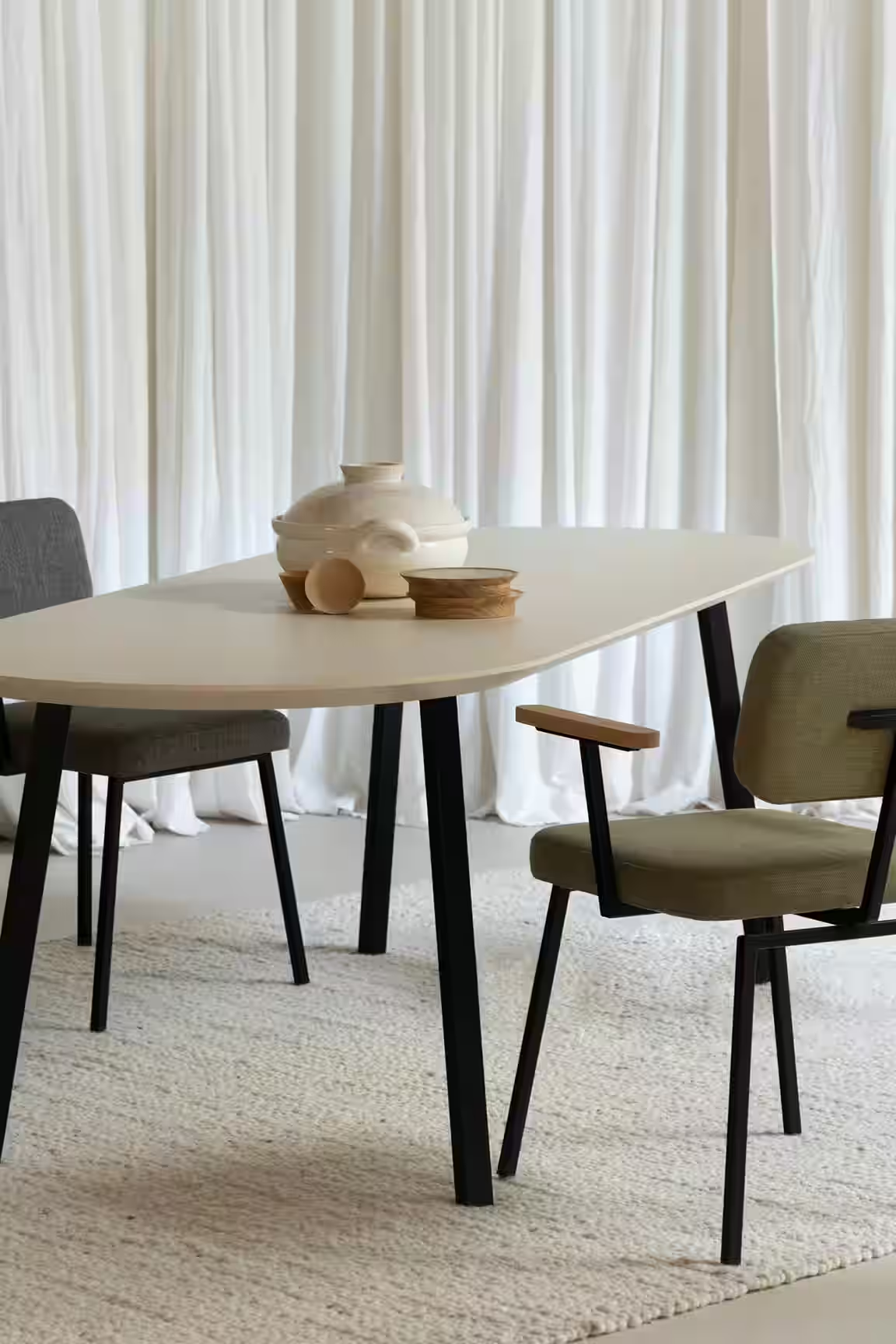
1. Maintenance products
HPL Unilin
Cleaning HPL is easy, provided it is done regularly.
No special cleaning agents are required. Unilin recommends the following products on their website:
- We advise using all-purpose cleaner or glass cleaner.
- Maintenance products containing ethanol, alcohol, or propanol can also be used to clean the surface. Acetone can also be used, but it should always be rinsed off with lukewarm water to ensure the product does not remain on the surface for more than 2 minutes.
We advise avoiding the following maintenance products:
- Avoid dishwashing liquid. It contains oil to protect the skin, which may leave a film on your panel that becomes visible over time.
- Do not use abrasive products, as they can damage your surface.
- Avoid corrosive products or products containing hydrogen peroxide, as they can cause bleached spots on your panel.
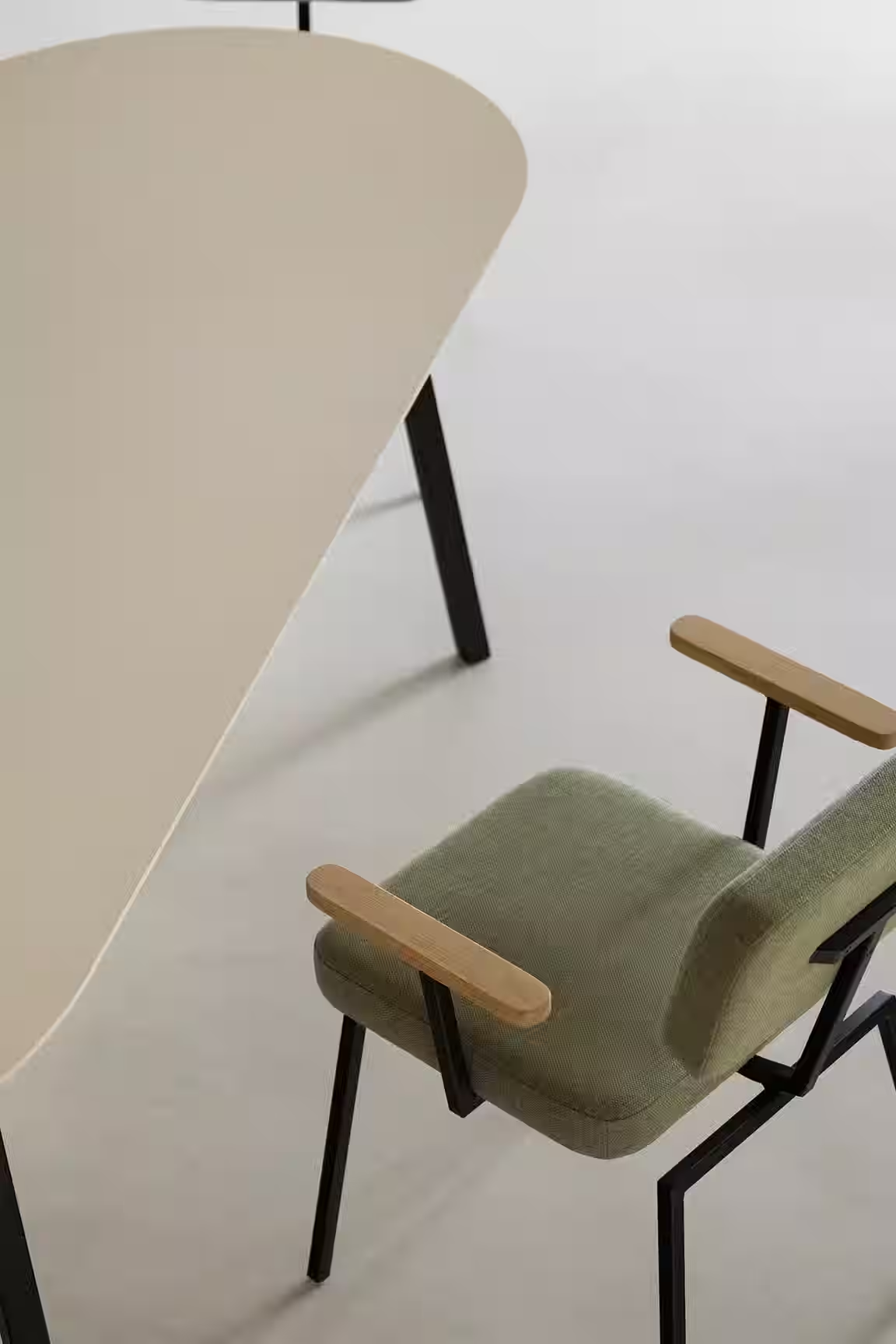
2. Cleaning step-by-step
HPL Unilin
Recommended Steps for Cleaning Your Surface:
- Remove any large amounts of dirt and/or dust from the surface with a soft brush or dry cloth to make the surface as clean as possible.
- Use a sponge or microfibre cloth (a non-shedding cloth) to clean the surface. Mix all-purpose cleaner with water or spray glass cleaner directly onto the surface.
- Gently rub the surface in a circular motion with the cleaning product and let it sit for a short time (max. 5 minutes).
- Rinse the surface thoroughly with lukewarm water to completely remove the cleaning agent.
- Wipe the surface dry with a soft, dry cloth to prevent streaking. Avoid using paper when cleaning, as small pieces of paper can remain in the grooves of the design.
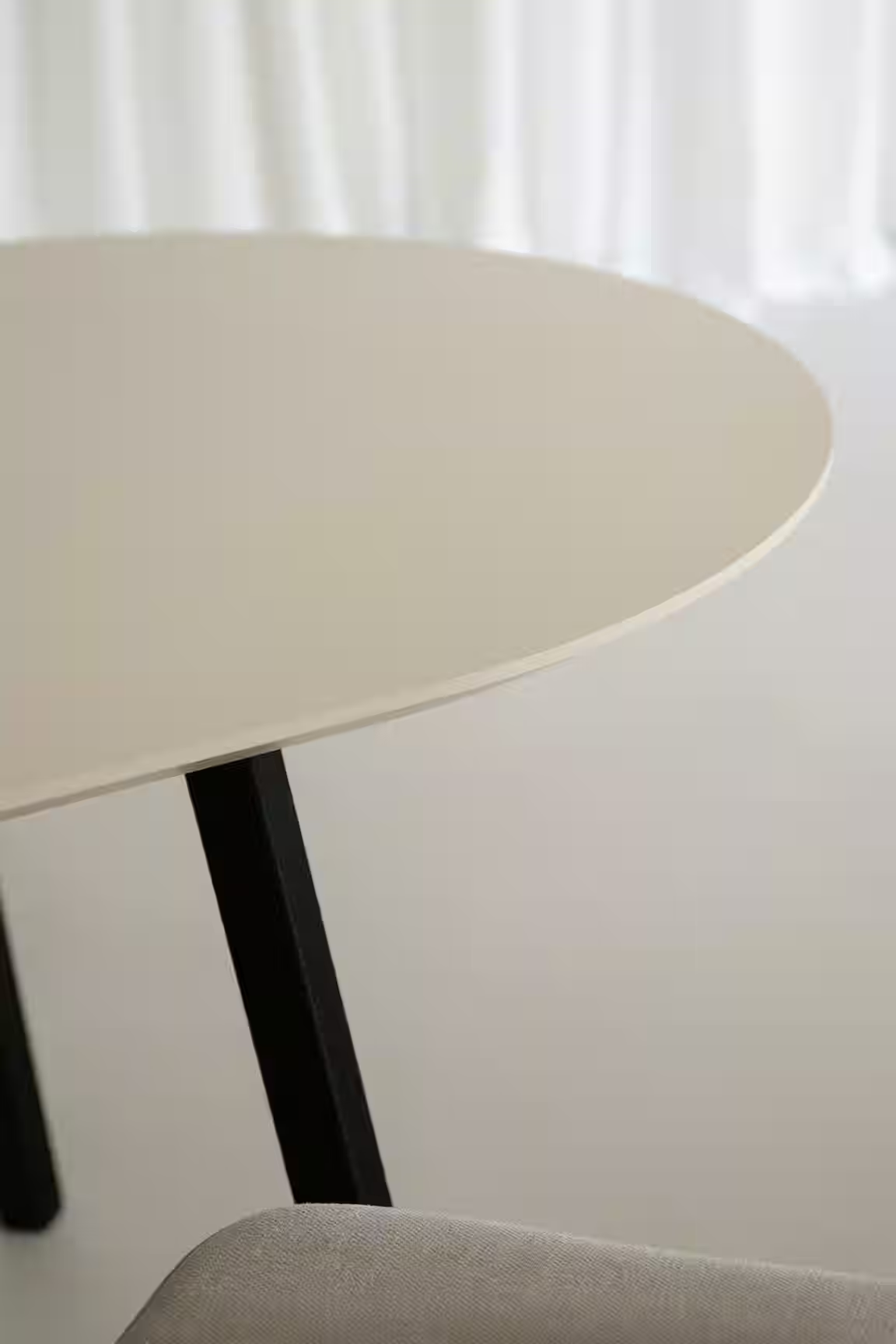
3. Removing stains
HPL Unilin
Unilin advises removing (grease) stains/dirt as quickly as possible, preferably within a maximum of 48 hours. The longer the dirt remains on the surface, the harder it will be to remove later.
Always clean the entire surface. This prevents the surface from becoming shiny in specific areas over time.
Recommended Steps for Stubborn Stains:
- Remove any large amounts of dirt and/or dust from the surface with a soft brush or dry cloth to make the surface as clean as possible.
- Use a sponge or microfibre cloth (a non-shedding cloth) to clean the surface. Apply a small amount of acetone mixed with water to a clean, soft cloth.
- Gently rub the surface with the water-mixed acetone and let it sit for a short time (max. 2 minutes).
- Rinse the surface thoroughly with lukewarm water to completely remove the acetone.
- Wipe the surface dry with a soft, dry cloth to prevent streaking. Avoid using paper when cleaning, especially with deep surface structures, as small pieces of paper can remain in the grooves of the design.
